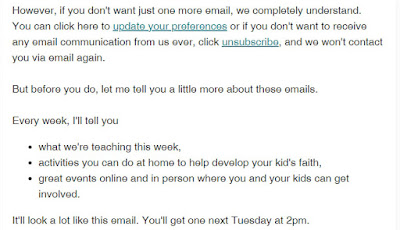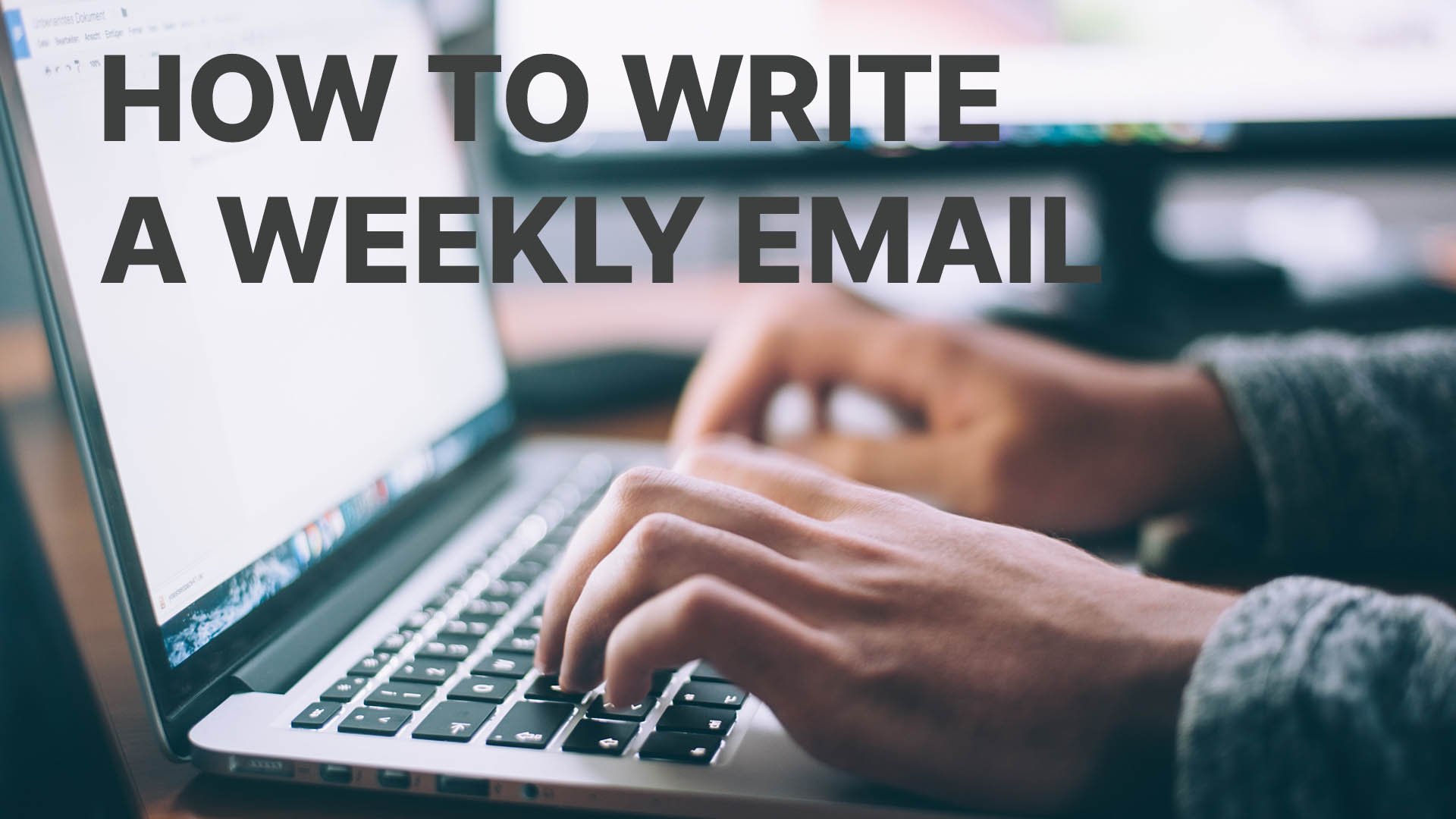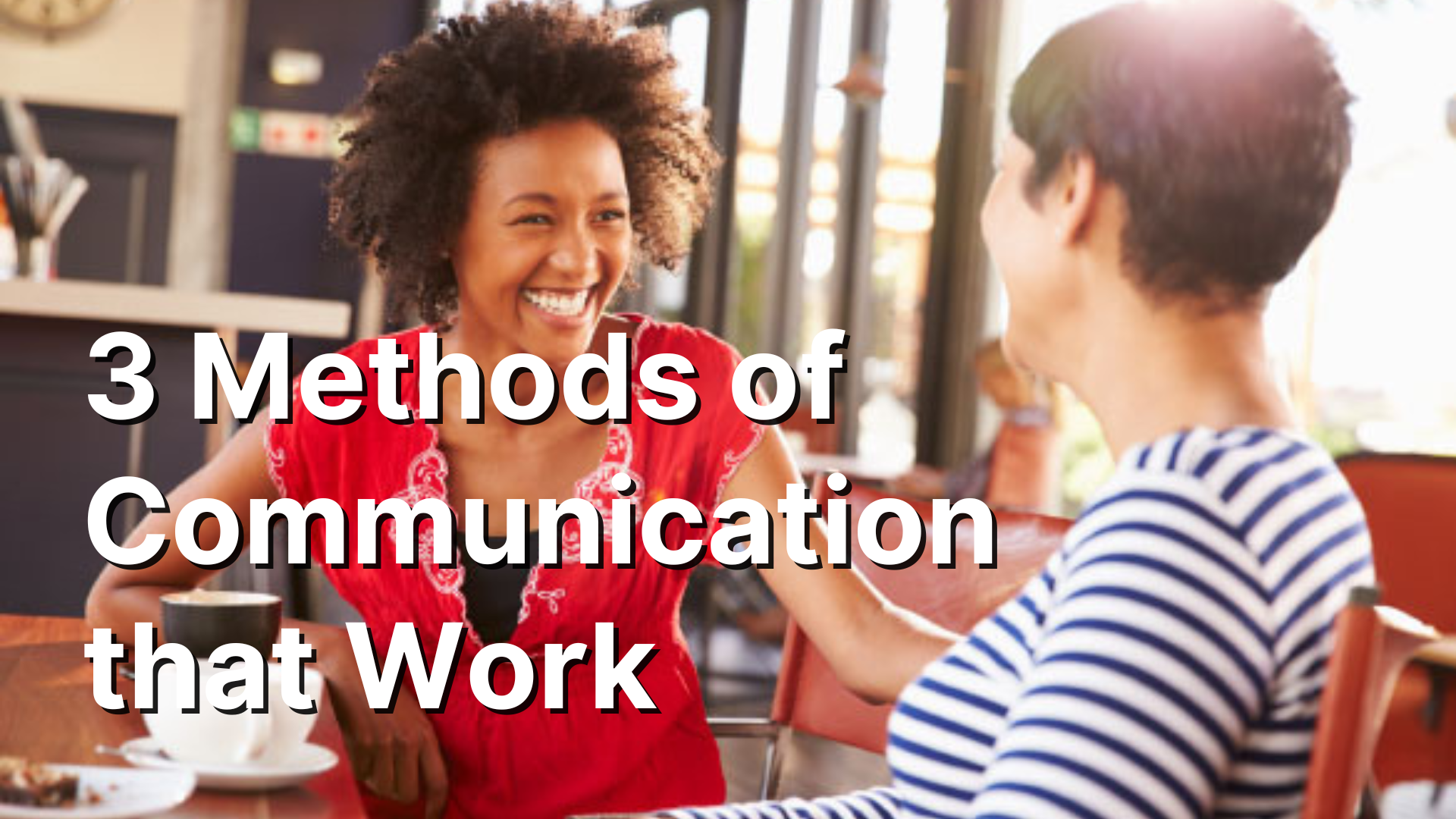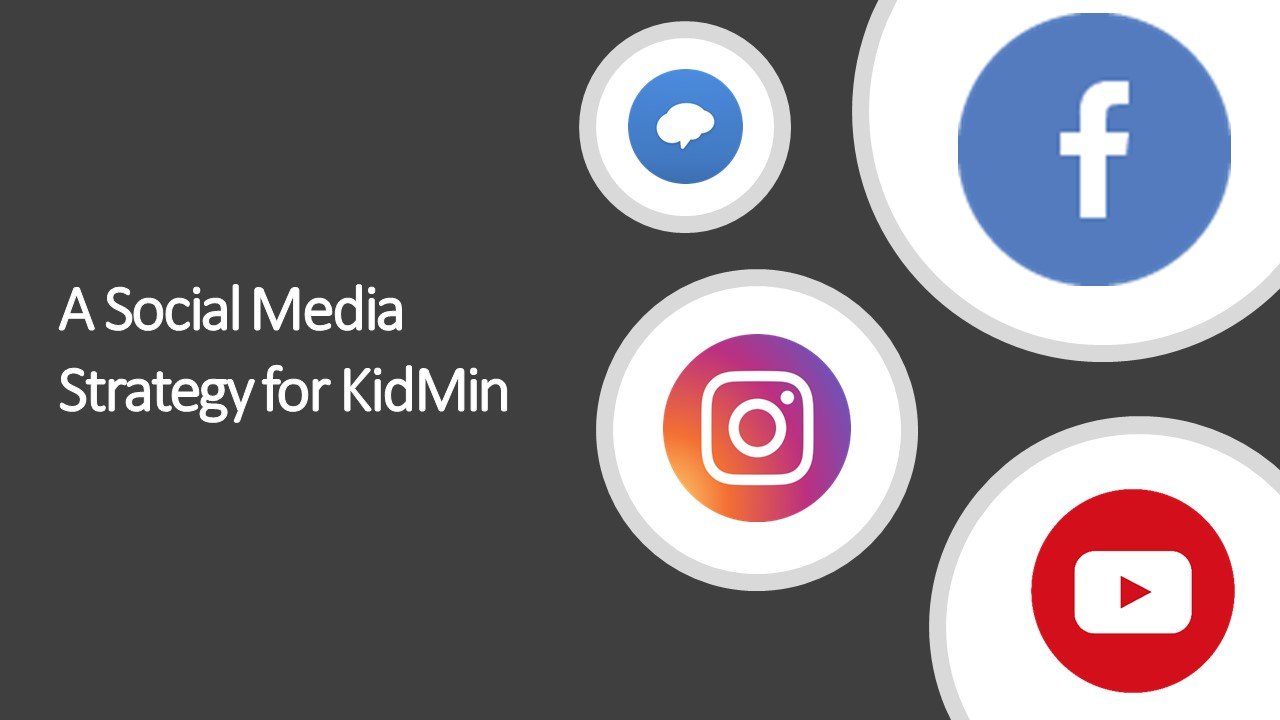How to Write A Weekly Email
Photo by Glenn Carstens-Peters on Unsplash
One of the biggest problems we have in ministry is getting the word out. There are a lot of different methods to tell our people about the events, ministry opportunities, and lessons coming up, and there is no silver bullet that every one will engage with. My communication philosophy is not everyone will engage with every form of communication, but everyone will engage with some form of communication.
Even though there is no perfect communication tool, one my favorite and most effective methods is writing a weekly email.
Sending an email is just one part of my strategy for communication I outlined in this post, but I thought I’d dive a little deeper into the process and talk about how my strategy has changed since I originally wrote that post 3 years ago.
Who is reading these emails anyway?
Before you ever write a word, you need to decided who the email is going to. It’s just like your 10th grade English teacher told you. Know your audience.
I’ve heard of churches that use their weekly email as an extension of the church bulletin. It has just a little bit of everything in it. However, in my experience, when the emails are that long and extensive, very few people will actually read them because most of the information is irrelevant.
I’ve used MailChimp for years and their software allows you to create multiple lists of people. I think of these as individual audiences which include:
All church
Parents of kids
Parents of teenagers
Event participants
Church members
I make these lists from my church database and import them into MailChimp.
Making all these lists allows me to send relevant emails to right people at the right time. And if I need to send to multiple lists that have crossover contacts it won't duplicate them.
Before I add people to any list, I send an introductory email. This email introduces me, the church, what content they can expect and most importantly an opportunity to opt out.
You can see the one I use for kids here:

As much as I want people to read my hard written emails, I know many won’t and they may even get aggravated that they were added to an email list they didn’t ask for. I don’t want my first communication to them to be frustration, so I give them a chance to say no.

If they don’t click the unsubscribe button; it’s game on.
They are added to the list until they decide to opt out. (Usually by a link in the footer of the email)
MailChimp has automation tools that allow you set up a customer journey with these introductory emails and adding them to the list.
I’ve been writing weekly emails to the church for years. When I started I would have at least 3 announcements with pictures and calls to action. These emails took me hours to put together, but they had very low open rates and a lot of them ended up in spam.
About 2 years ago, under the advice of Brady Shearer and his excellent video on email writing, I made the switch to a plain text email with only one announcement.
My emails used to look like this.

Now they look like this.

I’ve seen a 10% increase in open rates and 5% increase in clicks.
3 Part Anatomy of an Email
When I write these emails, they have a 3 part anatomy.
1. The introduction

My old emails used pictures or a an outline of what we talked about that week. It wasn’t personal or relevant. In my new emails, I take a few sentences to talk about what has happened that week. I’ll highlight a ministry event or a holiday and even tell a personal story. This makes the email feel more like a communication between friends than just a marketing email from a big box store.
The introduction is your hook and if it’s not good they’re probably never going to read the rest.
2. The announcement

I’ll admit, sometimes it’s hard to just talk about one thing. Even in this email, I talked about 2 things. There are so many things happening that you don’t want your people to miss. However, the more you talk about the less they’re going to remember.
I ask myself the question, “If they did just one thing this week, what would that be?” I then write my announcement answering this question.
This announcement usually has a story of what has happened before compelling the reader to respond to the call to action. If I don’t have a story, I cast vision telling them why they should engage with the information.
The end of the announcement must have a call to action. I used to put big buttons in my email so it’s clear, but I found that those buttons were usually a red flag to spam filters and junked up the layout when switching from desktop to mobile.
Like the one up there. (thanks for joining my email list). It’s clear, separated and the eyes quickly jump to it.
When I started doing this my click rate went way up. Just try it, I promise you it will work.
3. The sign off

After I’ve finished the announcement, I add one more paragraph to close everything out. Even though I asked them to do one thing, there are other things that I want them to know about. Things like, what we learned last week, and what we’re learning this coming weekend.
Many times, I’ll have a link to the notes to recording of the service so they can engage with us after this email.
I then sign the email as personally as possible. As a kids pastor, I would sign it as myself, but for the church wide email, I’d sign it saying Senior Pastor Name and the team at Church Name. Most of the time my pastor didn’t want to proof the email ahead of time, but many times, I’d run the big ideas by him before composing.
Write a great subject line.
Just writing a great email isn’t enough though. You also need to have a great subject line. I found that putting the person’s first name in the subject gets them far more likely to open it. The rest of the line is a question or statement that grabs attention that’s relevant to the email.
Writing a great subject line is really an art and one you’ll just have to practice and see what clicks and what doesn’t. I once read in a marketing book that you should write 50 tag lines before you hit send. I usually don’t write that many, but it is a good practice and helps you push past the good to the great.
Schedule for a consistent and predictable time.
Once the email is ready, don’t hit send just yet. A key to getting opens and clicks is for it to hit inboxes at a predictable time every week. This predictability and consistency will help you stay connected and keep you out of the spam folder as your people open and read your emails.
When the pandemic hit and online communication is all I had, I told parents that they would get an email from every Tuesday at 2pm.
And they did.
I would take time on Monday or sometimes the week before and write the email, get it proofed, and then schedule it to send.
I could usually tell the emails I wrote at 1:30 on Tuesday. They were full of errors and not my best writing.
Make sure to give yourself some time to let it marinate. You’ll be glad you did.
Writing a weekly email is not the silver bullet to communication, because there isn’t one. Nevertheless, it can be a highly effective tool in your communication arsenal. As you write these emails keep these three words in mind: personal, consistent, and concise. Do that and you’ll be successful.
Do you write a weekly email? What does yours look like?
To read more about my communication strategies check out these posts:




